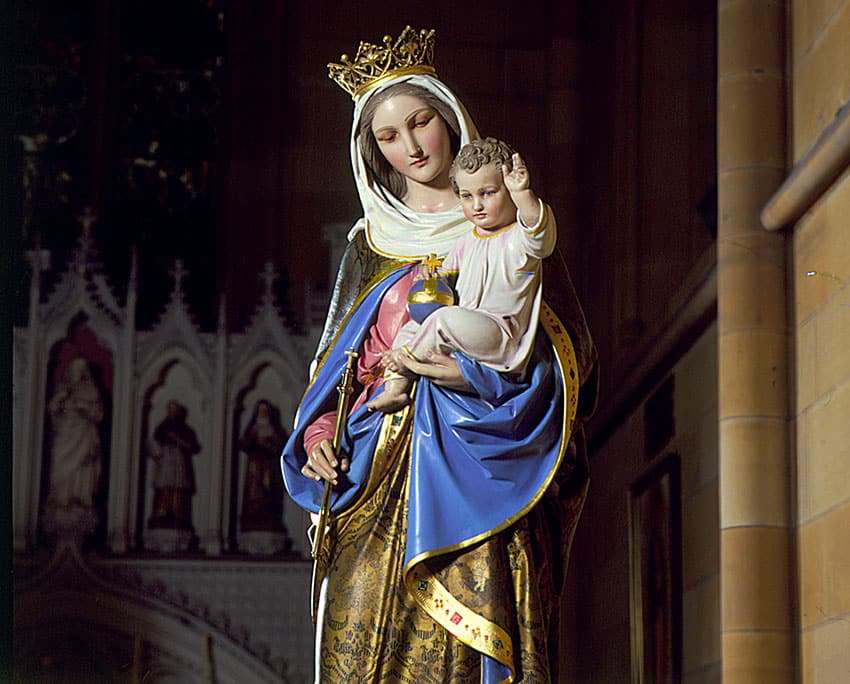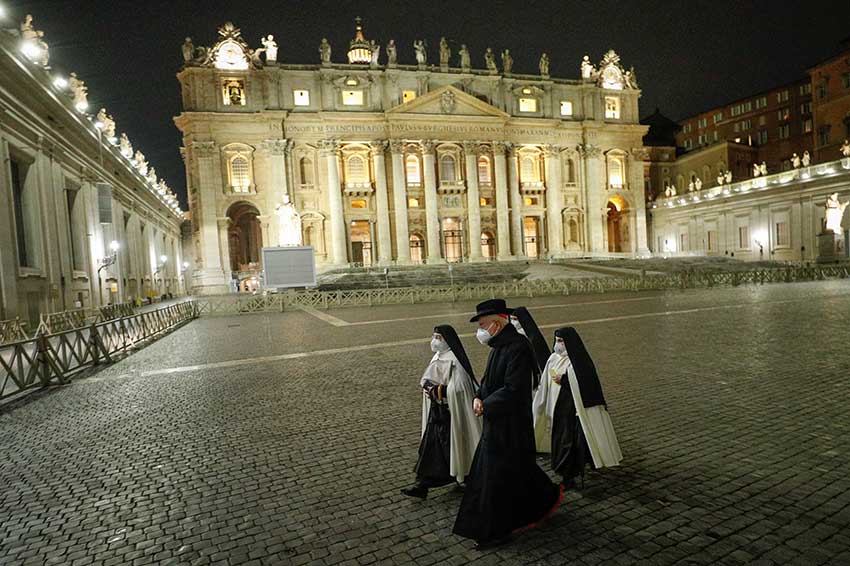
Part of my nefarious purpose in doing a series on the Senses of Scripture was to prime the pump for a new discussion on what are called “Models of the Church”.
The great theologian Han Urs von Balthasar did what countless Catholics have done down the ages and read Scripture allegorically to mine it for insights into the nature of the Church.
The Allegorical Sense of Scripture, you will recall, takes various images from Scripture and seeks the spiritual rather than the literal sense of them. So Jesus took the image of the manna in the wilderness and made it an image of himself, fully present in the Eucharist: the Bread of Life (John 6).
He took the image of the Bronze Serpent in the wilderness and said it was an image of himself, lifted up on the cross (John 3:14). He took the image of the Passover and the passage of Israel out of bondage in Egypt and made it the reality of the Eucharist, which liberates us from death to life.
What von Balthasar did was start thinking about the way in which the Church lives symphonically, like a great musical chord…
Von Balthasar does something similar as he plays around with four biblical characters—the Blessed Virgin, Peter, John the Apostle, and Paul—and sees in them four different ways in which the Church does its thing.
Some people may take exception to the idea of a theologian “playing around” with the Tradition. I answer that this is the theologian’s Number One job.
To be apostolic is, to be sure, to be rooted in the past (and therefore to conserve what the apostles handed down). But it is also to imitate the apostles in their mission to go out into the wide world and proclaim it to everybody from every nation, language, tribe, and tongue.
It is to be “all things to all” as Paul said and to figure out creative ways to get the word out in in modes intelligible to people very different from us. Therefore, (as we shall particularly see when we get to the Churches of John and of Paul) it is also to be both contemplative and creative in sending out branches and tendrils to reach the wide world in highly adaptable ways.

Figuring out those creative new ways and plumbing the implications of the gospel for times and cultures vastly different from those the apostles knew is therefore the work of theologians.
The Church of Peter has the task of making sure theologians don’t go off the rails. But for their part, theologians have the task of blue-skying, spitballing, asking “what if?” and discovering whole new ideas and possibilities hidden in the gospel and in the workings of the Spirit in and through the Church.
If Peter’s work is making sure the roots of the Tradition are planted firmly in the earth to find rich sources of living water, the theologian’s job is to make sure that the well-planted mustard plant throws out branches in every direction to catch the light of God, to house the birds of the air that come from all over the place, and to put out leaves and fruit that the world requires to make sense of the gospel in the myriad different contexts in which people live.
What von Balthasar did was start thinking about the way in which the Church lives symphonically, like a great musical chord composed of the Church of Discipleship (represented by Mary), the Church of Office (represented by Peter), the Church of Contemplation (represented by John), and the Church of Mission (represented by Paul).
The Church is all these models at once and no model is more important than any other, since all the models are interdependent and intertwined, like the members of the Body of Christ in Paul’s great image.
Mary cannot say to John “I don’t need you” since she herself is a contemplative. Paul cannot say to Peter “I don’t need you” since Peter is the guardian of the Tradition Peter and the Twelve handed down. Neither can Peter say, “I don’t need you” to Mary, since the entire purpose of the Church of Office is to help the Disciple follow Christ. And John cannot say to Paul, “I don’t need you” since the point of contemplation of Christ is precisely so that we can share the love of Christ with the world.
This symphonic approach to the Tradition is intensely Catholic and lies at the heart of the Church’s self-understanding. So for the next four times I write in this space, let us take look at it, starting with the Church of Mary, the Disciple.
Related:
